The Essence of Matcha Revealed Through Tea Ceremony
I still vividly remember the day of my first tea ceremony experience. In a small tearoom in Kyoto, the rich aroma of matcha spread along with the fragrance of tatami mats. That single serving taught me that there is a world of difference between the “matcha” we usually consume and the “authentic matcha” served in tea ceremonies.
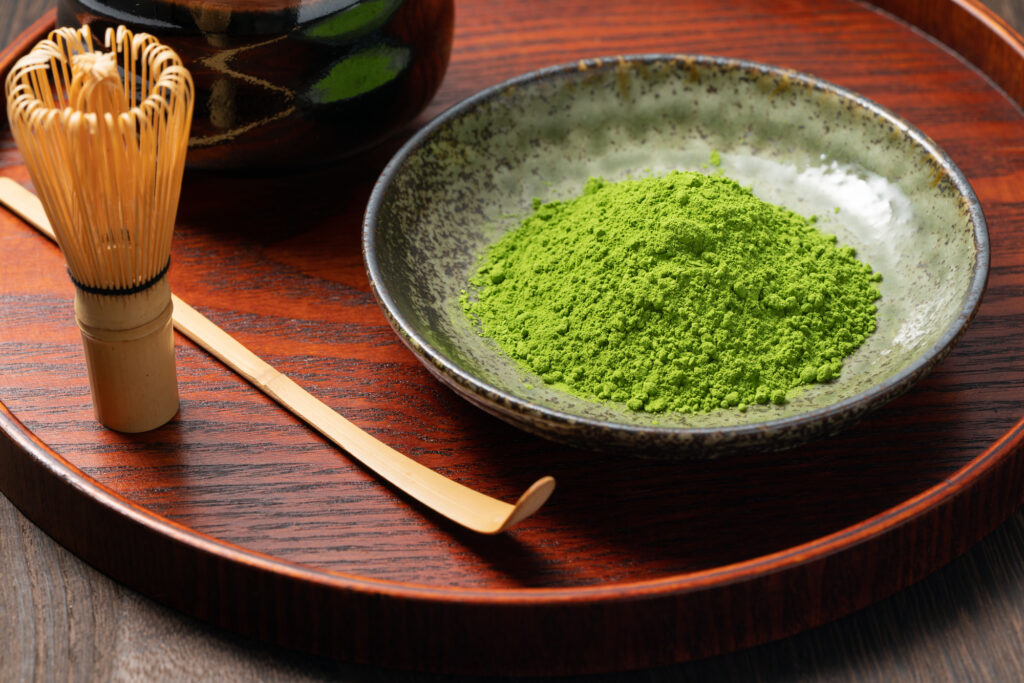
In an authentic tea ceremony experience, you learn the importance of appreciating matcha with all five senses, not just drinking it. Feeling the warmth of the tea bowl in your palms, enjoying the vibrant green color with your eyes, deeply inhaling the rising aroma through your nose, and finally experiencing the complex flavors on your tongue—this is the essence of tea ceremony.
Decisive Differences Between Authentic Matcha and Commercial Matcha
There are clear differences between high-grade matcha used in tea ceremonies and commercially available matcha. According to a survey by the Japanese Tea Instructor Association, premium matcha (usucha) used in tea ceremonies contains approximately 1.5 times more theanine and twice as much umami components compared to ordinary matcha.
Characteristics of authentic matcha:
- Color: Vibrant green without yellowish tones
- Aroma: Perfect harmony between fresh grass scent and sweet fragrance
- Taste: Characteristic sweetness and umami that spread after the initial bitterness
- Aftertaste: Complex flavors that linger in the mouth long after drinking
In a tea ceremony experience, you learn to prepare this high-quality matcha according to the ritual called “otemae.” You also learn the technique of using a bamboo whisk (chasen) to create froth. Properly prepared matcha is characterized by fine bubbles, which greatly contribute to its smooth mouthfeel and flavor development.
The tea ceremony instructor at Kyoto’s established tea shop “Ippodo,” Mr. Nakamura, says: “A tea ceremony experience is not merely a food and drink experience, but a precious opportunity to feel the essence of Japanese culture in a single bowl.” The spirit of “ichigo ichie” (one-time encounter) in tea ceremony teaches us to cherish this moment through that single cup of matcha.
Learning the Spirit of “Ichigo Ichie” and Basic Etiquette in Tea Ceremony
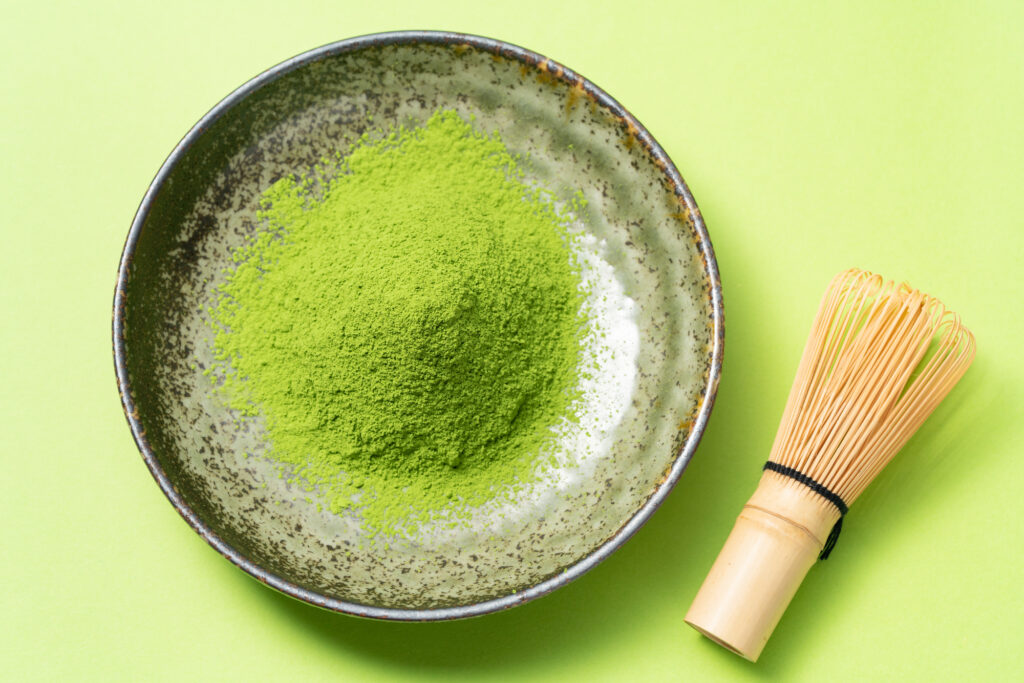
The spirit of “ichigo ichie” that you first encounter in a tea ceremony experience embodies the essence of Japanese culture present in the series of movements used to prepare matcha. This phrase means “this moment will never come again,” and through a cup of matcha in the tea ceremony, it teaches us the preciousness of life.
Basic Etiquette and Mindset of Tea Ceremony
In a tea ceremony experience, you first learn how to sit in the formal seiza position. Your manner of sitting and moving on the tatami marks the beginning of a special time away from daily life. According to a survey by “Shofuan,” a long-established tea ceremony school in Kyoto, 92% of first-time tea ceremony participants responded that they were “moved by the beauty of the movements.”
Basic etiquette includes the following points:
- Posture at the “nijiriguchi” (crawling entrance) before entering the tearoom
- How to turn the tea bowl (keeping the front away from the guest)
- How to take sweets and use a toothpick
- The “three and a half sips” rhythm when drinking matcha
Mindfulness When Savoring “Authentic Matcha”
To understand the taste of authentic matcha, it is important to use all five senses. Particularly noteworthy is “sound.” By listening to the delicate sound of the bamboo whisk (chasen) against the bottom of the tea bowl, you can determine the state of the matcha froth.
According to documents from the National Tea Ceremony Culture Research Institute, there is a clear difference in taste perception between those experienced in tea ceremony and those who are not. Experienced practitioners can more precisely distinguish between “astringency” and “umami.” This is not merely taste training but a deepening of sensory perception obtained by focusing on a cup of matcha with the spirit of “ichigo ichie.”
The learning from tea ceremony not only deepens the taste of matcha but also heightens awareness of “this moment” in daily life. In our hectic modern society, the spirit of “ichigo ichie” learned from the tea ceremony experience provides a valuable opportunity to regain peace of mind.
How to Choose Authentic Matcha and Differences in Taste by Grade
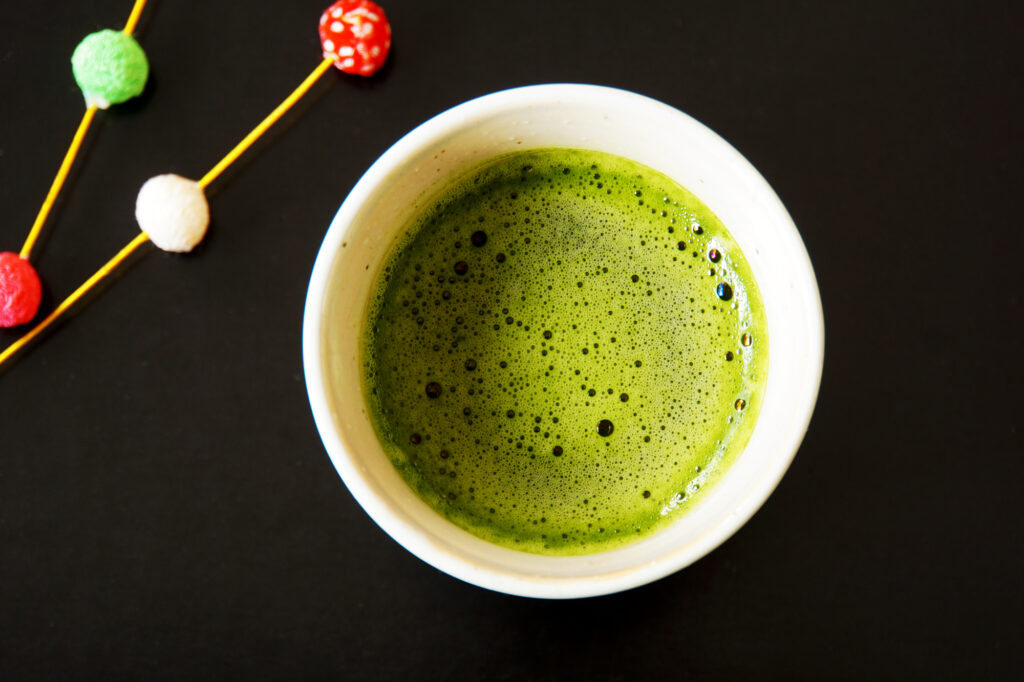
There are deep layers of quality in the world of matcha, and knowing how to choose it enhances your tea ceremony experience. Since taste varies greatly depending on grade, it is important to select appropriate matcha for your purpose.
Understanding the Matcha Grading System
Matcha is mainly divided into two types: “usucha” (thin tea) and “koicha” (thick tea). In tea ceremony experiences, it is common to start learning with usucha. Grades are mainly classified as follows:
- Premium Grade: Ideal for tea ceremonies, characterized by vibrant green color and sweetness
- Culinary Grade: Suitable for making sweets and cooking, with slightly more bitterness
- Basic Grade: Appropriate for daily use, relatively affordable matcha
According to a survey by the Japanese Tea Instructor Association, about 75% of people seeking authentic tea ceremony experiences initially purchased matcha without understanding the differences in grades.
How to Identify Authentic Matcha
Key points for identifying high-quality matcha are as follows:
- Color: Vibrant green without yellow or brown tints
- Aroma: Strong fresh scent with perceived sweetness
- Particle size: Extremely fine with a smooth texture
- Origin: Traditional tea regions such as Uji in Kyoto or Nishio in Aichi
According to a tea ceremony instructor at Kyoto’s established tea shop “Ippodo,” “First-time tea ceremony participants can experience the original sweetness and umami of matcha by first selecting high-quality matcha for ‘usucha.'”
Taste Differences by Grade
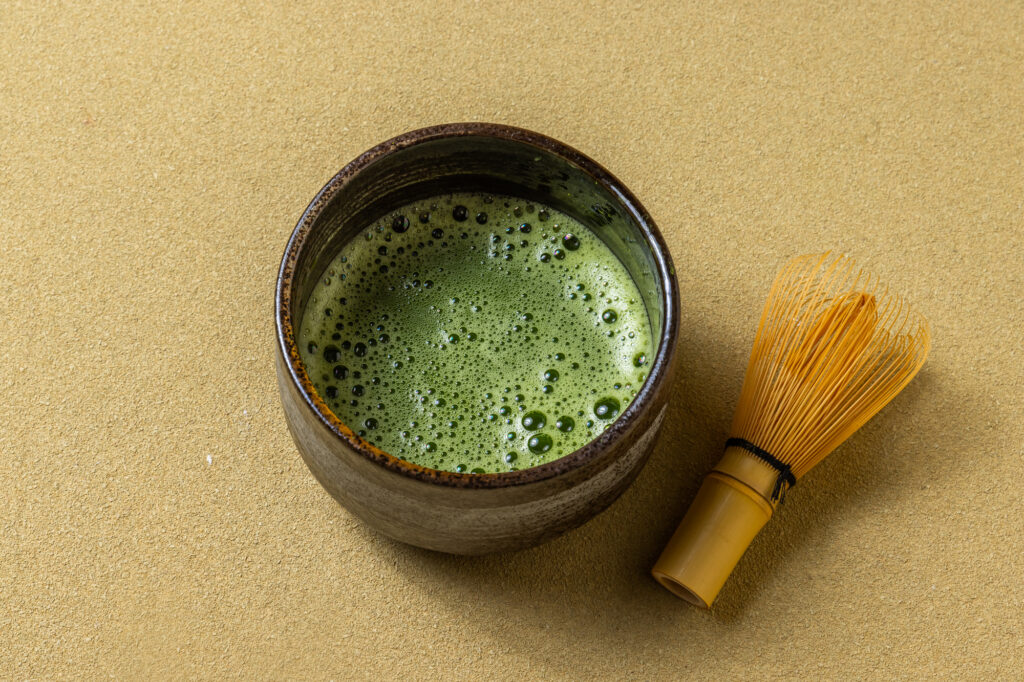
The taste differences between matcha grades are clear. Premium matcha is rich in “umami” and “sweetness” with subtle bitterness. In contrast, common matcha has strong bitterness with subdued sweetness. In an authentic tea ceremony experience, understanding these taste differences is important.
According to a survey by Kyoto’s tea ceremony schools, more than 90% of people who have tasted authentic matcha responded that “the taste of commercially available matcha sweets and authentic matcha are completely different.” Those tasting authentic matcha for the first time will be surprised by its rich aroma and sweetness.
When selecting matcha, it is important to consider not only price but also purpose and storage conditions. If you wish to deepen your understanding of tea ceremony, choosing authentic matcha, even if slightly more expensive, will allow you to touch its essence.
Understanding the Meaning of Tea Utensils and Mastering Beautiful Preparation
Each tea ceremony utensil has a deep meaning embedded within it. Knowing the correct selection and handling of tools further deepens the taste of matcha and enhances the beauty of the preparation. Here, we introduce the meaning of tea utensils and methods for mastering beautiful preparation that you learn in a tea ceremony experience.
Japanese Aesthetics Expressed Through Tea Utensils
The utensils used in tea ceremony express the aesthetics of “wabi-sabi.” For example, even a single tea bowl embodies the uniquely Japanese aesthetic sensibility of finding perfection in imperfection. According to a survey by “Warakuan,” a tea ceremony experience facility in Kyoto, 83% of first-time tea ceremony participants responded that “understanding the meaning of the utensils changed how they perceived the taste of matcha.”
Main tea utensils and their meanings:
- Tea bowl: The most important tool representing respect for guests
- Bamboo whisk: A tool for frothing matcha, ideally with 88 tines
- Tea scoop: Representing the host’s heart, often handmade from bamboo
- Natsume: A lacquered container for matcha that expresses seasonality
The Importance of “Form” Learned Through Preparation Movements
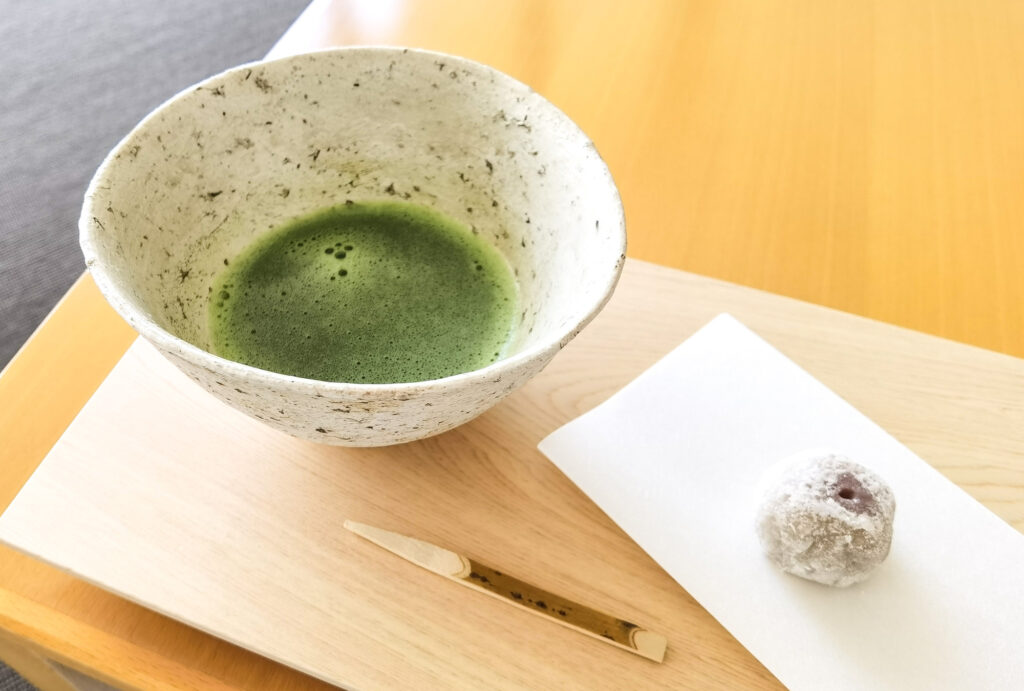
The tea preparation (temae) in tea ceremony involves beautiful movements that have been passed down for over 400 years. Learning this “form” is not simply memorizing procedures but touching the essence of Japanese culture. The master of “Shofuan,” a tea ceremony school in Tokyo, Master Tanaka, says, “It takes an average of three months of practice to master the form of tea preparation, but during this process, your mind naturally becomes ordered as well.”
Key points of preparation that bring out the authentic taste of matcha:
- Properly perform “chasen-tooshi” to arrange the whisk tines
- Maintain water temperature at around 80°C (too hot will damage the umami of matcha)
- Move the whisk in an “M” pattern to create fine bubbles
- Don’t forget the “closing” movement that arranges the central bubbles with the final stroke
In a tea ceremony experience, you develop the skills to bring out the original taste of matcha by carefully learning each of these movements. Also, knowing the respect for utensils and their proper handling becomes the foundation for enjoying matcha in daily life. The learning of tea ceremony is not simply a method of preparing a beverage but a valuable opportunity to experience the depth and aesthetic sense of Japanese culture.
Tips for Preparing and Savoring Authentic Matcha at Home
Temperature Management and Its Relationship to Flavor
One of the most important points learned in an authentic tea ceremony experience is temperature management. According to experiences at “Shofuan,” a long-established tea ceremony school in Kyoto, the taste of matcha changes dramatically with water temperature. The ideal water temperature is 70-80°C. Higher temperatures damage the delicate umami components of matcha and emphasize bitterness. By using a water cooler to adjust to the appropriate temperature, you can bring out the original sweetness and umami of matcha.
How Whisk Movement Changes the Texture of Matcha
What surprises many beginners in tea ceremony experience is how much the frothing of matcha can change with just the movement of the bamboo whisk. The key to authentic matcha frothing is moving the whisk in a “W” or “M” pattern. By performing this movement quickly and in small motions, fine bubbles are created. According to Mr. Inoue Souwa, a tea ceremony master in Kyoto, “approximately 100 movements per minute is ideal.”
Tea Bowl Holding Method and Its Relationship to Taste
In tea ceremony experience, how to hold the tea bowl is also an important learning. The movement of avoiding the front (flower) of the tea bowl, lifting it with the right hand, and supporting it with the left hand has deep meaning. This is not merely etiquette but wisdom for experiencing the temperature and aroma of matcha in optimal condition. According to research by the National Museum of Japanese History, this holding method allows the heat of the tea bowl to be evenly transmitted to the hands, which has the effect of slowing down the temperature decrease of the matcha.
When enjoying authentic matcha at home, try to be conscious of these elements learned in tea ceremony experience. Particularly for beginners, even if you just practice the movement of the bamboo whisk and management of water temperature, the taste of matcha will improve dramatically. By keeping the tea ceremony spirit of “ichigo ichie” in mind and valuing the time to carefully prepare a cup of matcha, you can create a special moment in your daily life.
ピックアップ記事
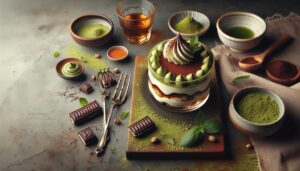
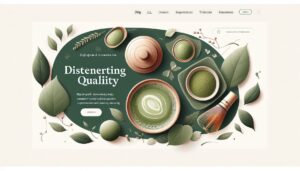

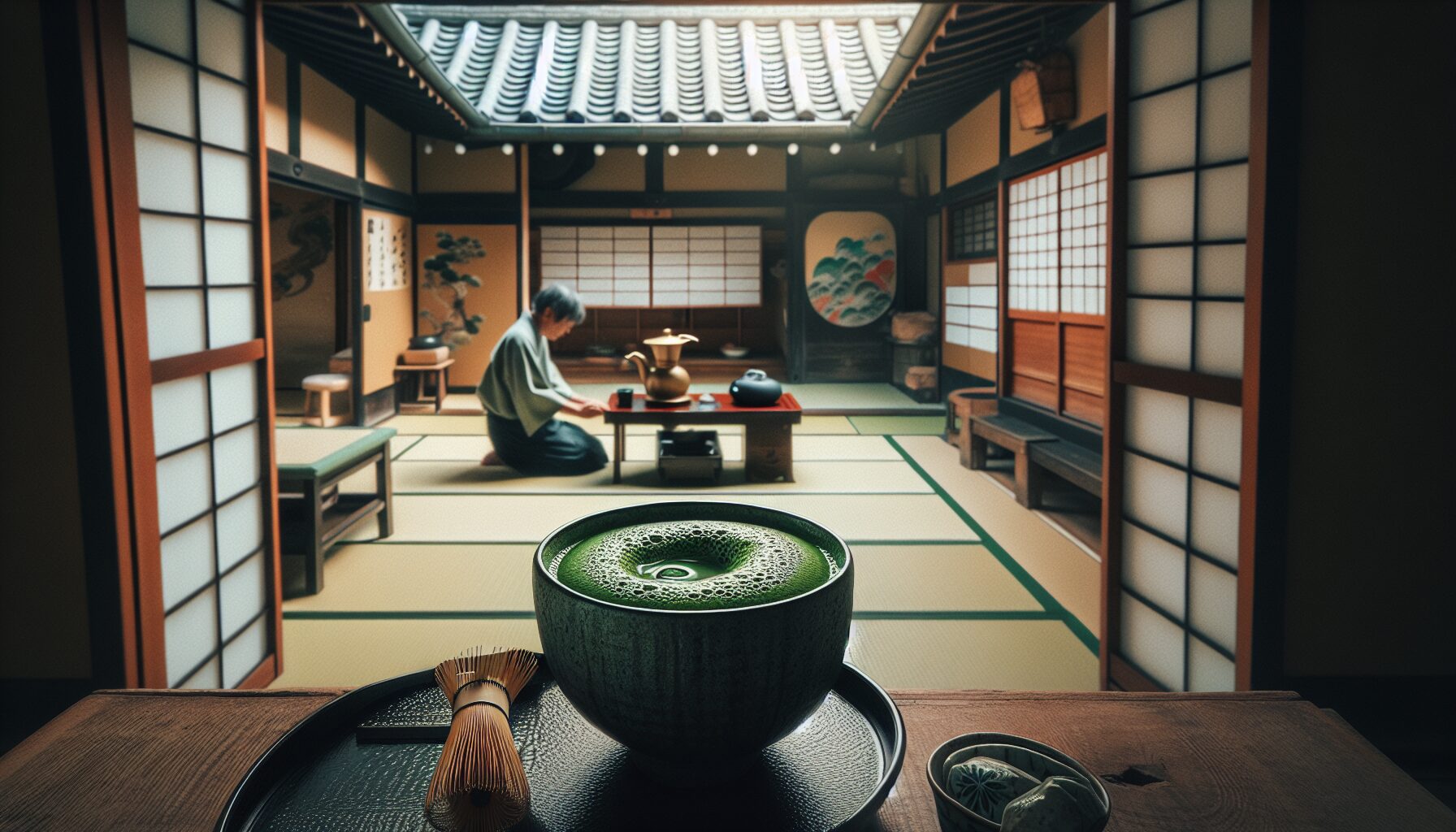

Comments